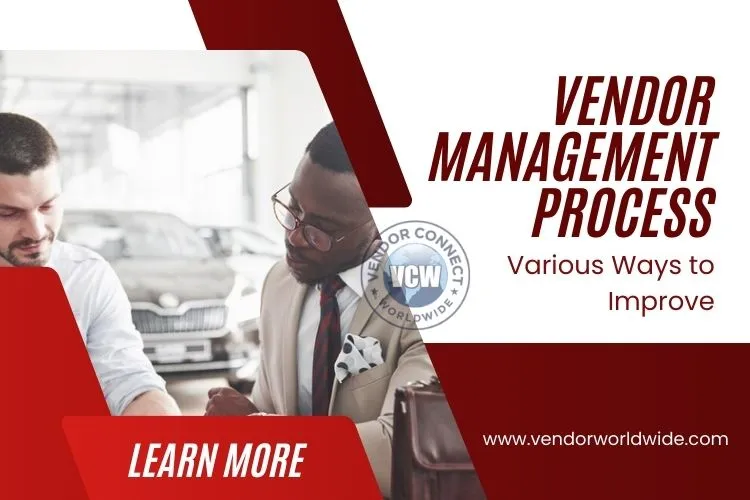
Many businesses engage contractors, suppliers, and vendors to obtain the necessary goods and services to help them accomplish their objectives. When the success of your company depends on outside companies assisting you in delivering your goods, it is vital that you maintain your vendors perfectly. But before that, there is an important step: Registering your vendors. New vendor registration is essential to get all the essential information about them.
But did you know that managing vendors is essential? This article will give you some tips on how to do so better. Shall we?
Various Methods to Improve the Vendor Management Process
Identify or define the goals
Businesses must first and foremost set objectives that specify performance criteria precisely. This will prevent resources from being squandered and facilitate future vendor evaluation.
Minimize the risk
When working with suppliers, third-party risk management is crucial, particularly in light of new federal rules and guidelines on businesses’ liability when they hire third-party vendors. These days, risk management of this kind is especially crucial due to the public’s growing concerns about cyber security and data breaches.
However, businesses must treat this issue with the seriousness it deserves. You need to take outside vendor risk management seriously more if you’re at least somewhat concerned about it. Your company will be at risk if one of the vendors you’ve subcontracted to finds out that your customer’s data is compromised.
Select competent suppliers
Now is the moment to select vendors you believe to be knowledgeable and skilled. The vendors you choose should align with the objectives and possible KPIs you mentioned in the first phase. Thoroughly investigate and determine whether each vendor has the tools and experience to produce the best possible operational outcomes. If your business already has established vendors and isn’t looking to add any, ensure they have fulfilled your demands up to this point. Inform them if they appear to be deficient, and take into account other suppliers. However, new supplier registration is essential after getting the desired suppliers.
Vendor evaluation and due diligence
Conducting comprehensive and meticulous due diligence and evaluating potential vendors before onboarding them is imperative. You can confidently mitigate any risks associated with vendor relationships by assessing financial stability, reputation, compliance history, performance track record, and security posture.
Implement risk management practices
Establishing a comprehensive risk management framework is critical to recognizing, evaluating, and minimizing risks associated with vendor relationships. It is imperative to continuously assess vendor risks, monitor any changes in the risk landscape, and implement effective risk mitigation strategies to safeguard against potential harm.
Ensure regulatory compliance
Stay abreast of regulatory requirements and industry standards for vendor management, data privacy, security, and compliance. Establish and enforce policies, procedures, and controls to comply with relevant regulations and minimize legal and regulatory risks.
Perform comprehensive onboarding
Ensure your vendors have a thorough onboarding procedure after being thoroughly screened and approved. Acquire all pertinent vendor data, including bank account information, capability data, regulatory data, and capacity data, and keep it all in one secure area that you may access as needed. Since no two vendors are the same, it’s critical to keep in mind that this process should be conducted flexibly to benefit both sides.
These are some of the methods that will help you improve the vendor management process.





